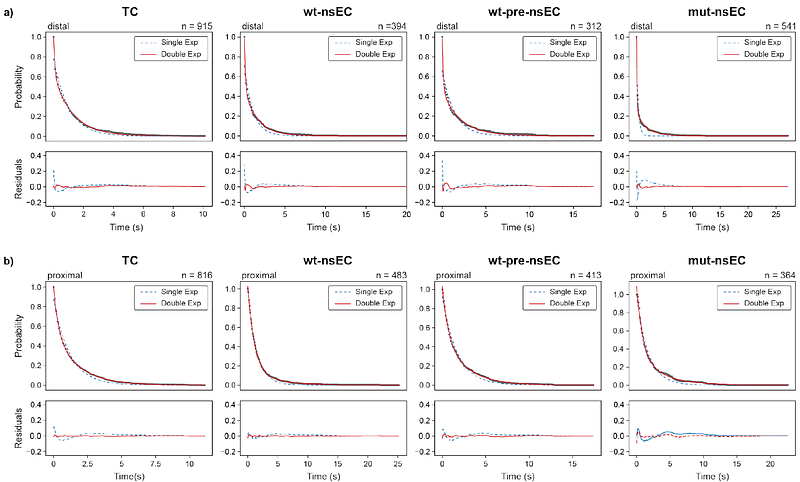A cascade of structural rearrangements positions peptide release factor II for polypeptide hydrolysis on the ribosome

A cascade of structural rearrangements positions peptide release factor II for polypeptide hydrolysis on the ribosome
Michael, N.; Huang, B.; Ray, K. K.; Kinz-Thompson, C. D.; Gonzalez, R. L.
AbstractPeptide release factor II (RF2) catalyzes the release of the nascent polypeptide from the bacterial ribosomal complex during translation termination and a subset of ribosome rescue pathways. Despite its critical role, the mechanisms that govern RF2 function and regulation remain elusive. Here, using single-molecule fluorescence energy transfer (smFRET), we characterize the conformational landscape that RF2 explores on the ribosomal complex and show that RF2 binding and dissociation from the ribosome follows a series of conformational rearrangements which depend on its ribosomal binding platform. We also show how further interactions with the ribosomal complex are necessary to properly position RF2 for polypeptide release. This work investigates not only the dynamics RF2 undergoes while in complex with the ribosome, but also identifies a potential mechanism by which the regulation of these dynamics may be disrupted, which may be exploited for future development of broad-spectrum antibiotics.